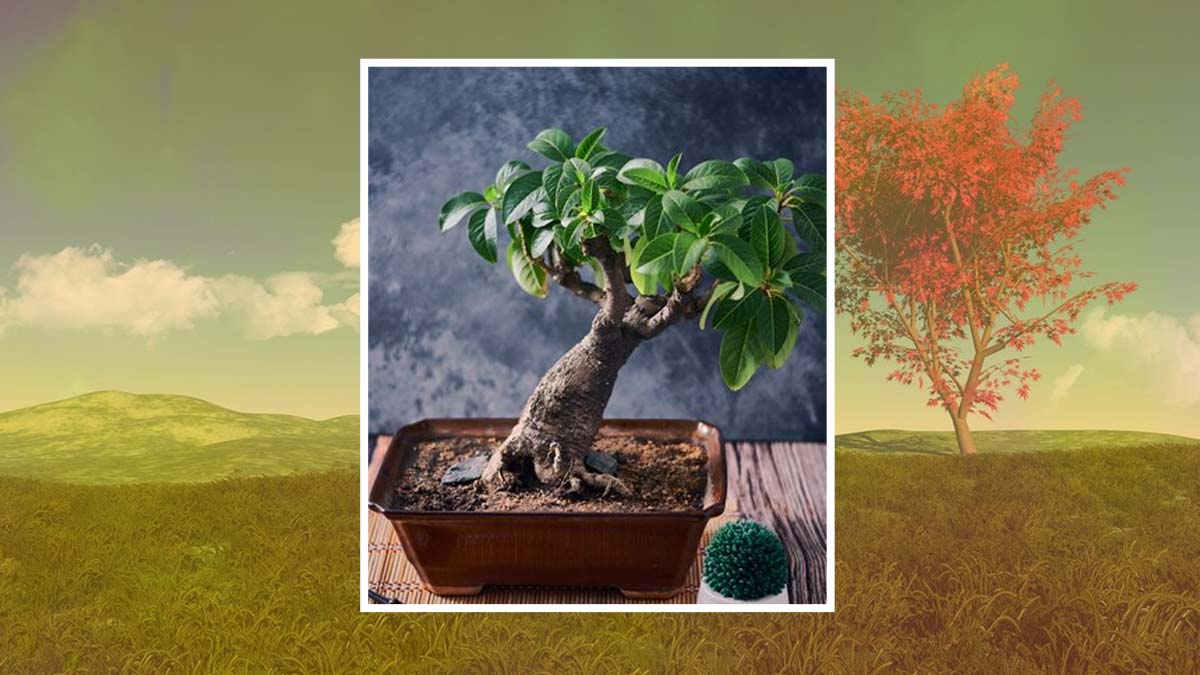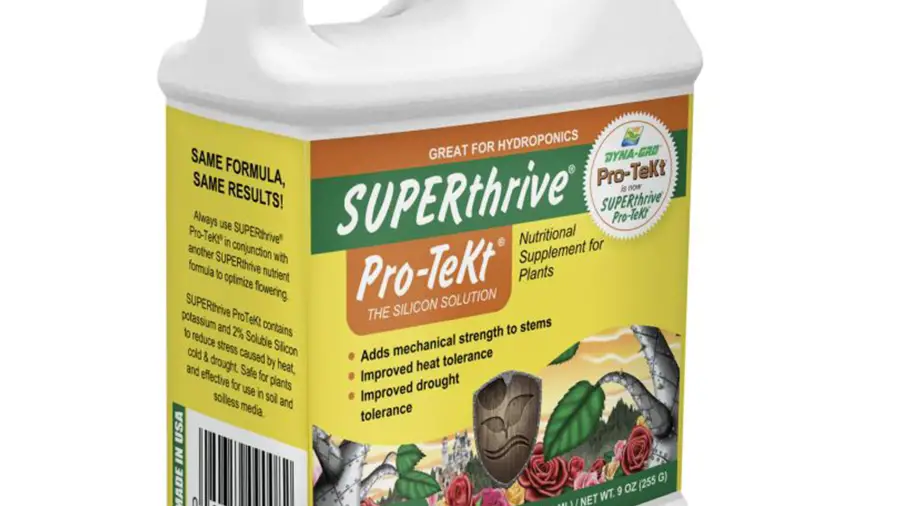During summer, bonsai trees require diligent watering and protection from intense heat. Ensure consistent soil moisture and provide shade to prevent leaf scorch.
Bonsai enthusiasts know that summer care is pivotal for the health and aesthetics of these miniature trees. Warm temperatures and longer days can either bolster their growth or pose significant threats if not managed correctly. The task is to maintain a balance between sunlight exposure, watering frequency, and nutrient delivery.
Bonsai Care Summer Guide: A bonsai’s need for water increases with the temperature, yet overwatering remains a common pitfall. Pruning is essential to shape and prevent overgrowth, while fertilization supports their heightened summertime vitality. Vigilance is key—inspect your trees regularly for signs of stress or pest infestation. By tailoring care strategies to the unique demands of the summer season, bonsai owners can assist their trees in thriving despite the challenges of the hotter months.
Table of Contents
Signs Of Summer Stress In Bonsai
Bonsai trees feel summer heat just like we do. Leaves getting brown at the edges might mean leaf burn. A quick check will show if leaves look crispy or faded.
If the soil feels dry and crumbly, your bonsai needs water. Press your finger into the soil to a knuckle’s depth. If dry, it’s time to water the tree. Soil should stay moist, not wet.
Does the pot feel hot to touch? The pot might overheat on sunny days. Try to shield the pot from direct sunlight. This helps to keep roots cool. Roots love it cooler than hot.

Credit: www.herzindagi.com
Watering Wisdom: Hydration For Bonsai Health
Proper hydration is vital for bonsai health in summer. Water your bonsai when the topsoil feels dry. A good technique is to touch the soil every morning.
The best time to water is early morning or late evening. Sun is less intense then. Your bonsai can absorb moisture without quick evaporation.
Use the double watering method for thorough hydration. First, water to cover the soil’s surface. Wait for absorption. Then, water again until excess drains out.
Sheltering Bonsai From The Scorching Sun
Bonsai plants need special care in summer. The sun can be too strong, and can harm them. It is important to find the best spot for your Bonsai.
Using shades or screens can protect them. A light cloth anchor can save your plant. It acts like a sunglasses for trees.
Moving your Bonsai can keep it happy. Small trees like cooler places during hot days. You will sometimes need to change their place twice a day.
| Positioning | Needs to be changed with sun movement |
| Shade | Use covers or screens to protect |
| Benefits | Healthier growth, avoids leaf burn |

Credit: www.amazon.com
Pruning Practices For The Peak Heat
Trimming elongated shoots on your bonsai ensures a balanced shape. Use sharp scissors to make clean cuts. Aim to snip just above a leaf node for the best growth. This practice keeps your bonsai tidy during the hot months.
Correct pruning techniques involve precision. Timing is key; prune in the early morning or evening. This avoids direct sun on fresh cuts. Protect the tree by cutting only one-third of the foliage at any time.
Bonsai trees in summer may face wire constraints. Check wires regularly to prevent them from cutting into the bark as branches grow. If the wire leaves an impression, it’s time to remove it gently without harming the branches.
Soil And Substrate: Adjustments For Summer
Choosing the right substrate is vital for bonsai health. A well-draining mix helps avoid root rot. Particle size should be small to retain moisture but not too tight. Akadama, pumice, and lava rock are popular choices. They provide a balance between aeration and moisture retention.
Mulching plays a key role in water conservation. A layer of organic material atop the substrate can greatly reduce moisture loss. Organic mulch also adds nutrients as it breaks down. This practice keeps roots cool and moist during hot summer days.
Repotting considerations should not be ignored. High temperatures demand cautious repotting. Aim to repot before summer or wait until cooler months. This reduces stress on the bonsai. If repotting is necessary, ensure quick root recovery by providing shade and adequate water.

Credit: mossballpets.com
Fertilization Finesse During Hot Months
Choosing the right fertilizer is crucial for summer bonsai care. Go for products with a balanced N-P-K ratio, which stands for nitrogen, phosphorus, and potassium. Organic options, like fish emulsion or seaweed extract, provide gentle nourishment for your bonsai.
Fertilizer application should match your bonsai’s growth cycle. During summer, a consistent bi-weekly schedule can promote health. Yet, some species may need a modified approach. Always water your tree before feeding it to protect the roots.
To prevent damage from over-fertilization, observe your bonsai’s response. Signs of excess include burnt leaf edges or stunted growth. Reduce the fertilizer frequency or strength if you notice these symptoms. Remember, less can be more when it comes to plant food in the heat.
Tackling Extreme Heat: Innovative Solutions
Bonsai trees need special care during hot months. Refrigeration techniques help cool bonsai in extreme heat. Put the tree in a fridge for short periods. This avoids sun damage.
To increase humidity, mist the leaves. Keep the pot in a tray of water filled with pebbles. This helps maintain moisture without overwatering the roots.
Reduce pot temperature by shading the pot. Place it on cool surfaces, like grass or soil. Use materials such as a reflective foil to shield the pot from direct sunlight.
Myths And Misconceptions: Summer Bonsai Care
Bonsai trees need careful watering during hot months, not just more. Bonsai roots can rot if overwatered. Underwatering stresses them too. Soil type and pot size dictate the watering schedule.
Bonsai leaves get sunburnt if exposed to strong midday sun without acclimation. Use a shade cloth to protect them. Not all species are sun-sensitive, know your tree.
- Over-fertilizing can burn the roots.
- Ignoring pests cause irreparable harm.
- Improper pruning can stunt growth.
Special Attention For Specific Species
Maples thrive with cooler roots during hot months. Place them in semi-shade to prevent leaf scorch. This helps keep leaves vibrant and healthy.
Junipers need a balance of light and water. Ensure they get enough water to combat summer heat. Yet, do not overwater as it may harm roots. Ensure proper drainage is in place.
Tropical Bonsai, like Ficus, need consistent warmth. Keep them hydrated and in high humidity. A morning mist provides moisture without over-soaking the soil.
Preparing Bonsai For Post-summer Recovery
After the summer heat, your Bonsai trees might need some help. First, start by checking for scorched leaves and signs of dehydration. These are common issues following strong sunlight and high temperatures. Leaves could be brown and crispy.
Bonsais may also show signs of overwatering caused by attempting to combat the heat. Look for yellow leaves or a mushy base. Check the soil; it should be moist, not soggy.
Once you’ve assessed the damage, it’s time for rejuvenation. Trim away the damaged foliage carefully to allow for new growth. Consider a nutrient-rich fertilizer to restore vigor. Be gentle, your Bonsai needs to recover slowly.
For the autumn season, start planning the transition. Gradually reduce watering as the weather cools. Begin preparing to bring any sensitive varieties indoors. Remember, each Bonsai has unique needs, so tailor your care accordingly.
Frequently Asked Questions On Bonsai Care Summer Guide
How Do You Take Care Of A Bonsai Tree In The Summer?
Ensure your bonsai receives consistent watering during summer. Protect it from intense afternoon sunlight by providing shade. Regularly check for pests and apply suitable treatments if needed. Maintain appropriate humidity levels around the bonsai. Prune as necessary to manage growth and maintain shape.
How Often Should I Water Bonsai In Summer?
Water your bonsai once daily during summer, adjusting for high temperatures and humidity. Check soil moisture; water more if needed.
How Hot Is Too Hot For Bonsai?
Temperatures above 95°F (35°C) can be too hot for bonsai trees, risking heat stress and damage.
Can You Leave Bonsai Outside In Summer?
Yes, you can leave bonsai outside in summer, but ensure they’re protected from extreme heat and receive appropriate watering.
Conclusion
As the sun shines bright on your bonsai, remember to stay vigilant. Summer brings unique challenges, but with proper care, your miniature tree will thrive. Regular watering, shade from harsh rays, and attentive pruning are key. Embrace these tips for vibrant foliage and robust health.
Keep nurturing your bonsai‘s beauty through the summer and beyond. Enjoy the serene presence it adds to your space, and let its enduring vitality be a testament to your dedicated care.
